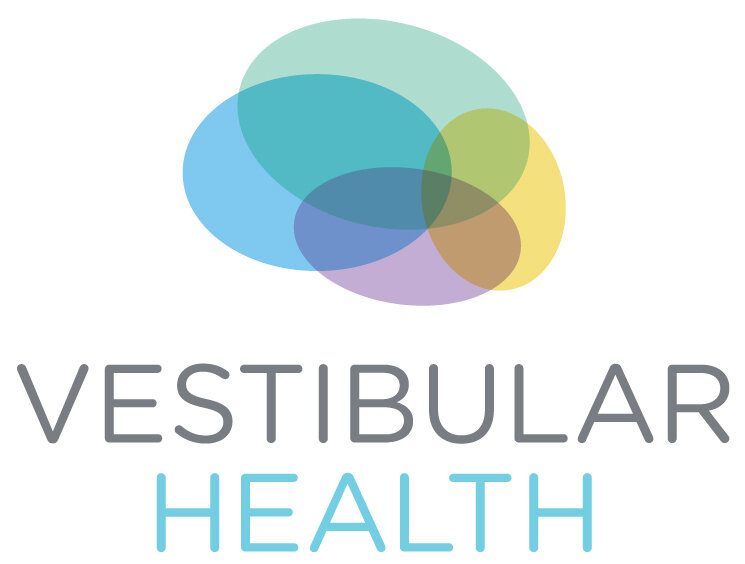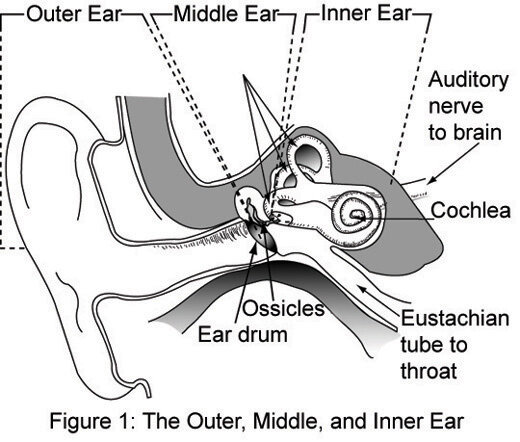7 facts about the inner ear
1. Hearing and balance
The inner ear is responsible for both hearing and balance. The hearing part of the inner ear is the cochlea. The portions of the inner ear responsible for balance are the vestibular organs. The vestibular system is made of the semicircular canals and the otoliths (utricle and saccule). These organs sense head rotation and linear acceleration. Since both the hearing and balance organs are supplied by different nerve branches, just because you have hearing loss, doesn’t mean you have to have balance loss and the reverse also holds true.
2. It’s tiny!
The inner ear is smaller than the size of a dime, and is located deep in the temporal bone of the skull. The inner ear is within the petrous part of the temporal bone, which is one of the hardest and densest bones in your body.
3. Inner ear balance problems are common
As many as 35% of adults 40 years of age or older have experienced vestibular dysfunction. Approximately 40% of us will experience some form of dizziness or balance problems over the course of our lifetime.
4. Inner ear problems cause many different symptoms
Symptoms of inner ear dysfunction include:
Vertigo
Dizziness
Balance problems and falling
Feelings of rocking or swaying
Drop attacks (sudden falls)
Difficulty walking (especially in the dark or on uneven surfaces)
Difficulty focusing on or tracking objects with your eyes (especially if you are moving)
Bouncing or blurring vision with head or body movement (called oscillopsia)
Sensitivity to visually busy environments (like grocery stores or busy streets)
Hearing loss or fluctuation
Tinnitus (ringing, buzzing, or other noise in the ear)
Feeling of fullness or pressure in the ear
Vertigo or dizziness triggered by sudden loud sounds
Nausea or vomiting
5. Our inner ear is required for steady vision
The vestibulo-ocular reflex (or VOR) is one of the fastest reflexes in your body! This reflex requires the vestibular system to accurately detect head rotation and translation in all directions. The VOR produces eye movements in the opposite direction of head movements, in order to stabilize your vision while you move your head. Think of the VOR as our internal ‘steadicam’ - if your VOR is not working properly (for example due to loss of vestibular function) it may seem as if you are looking at the world through a hand held video camera.
6. Vertigo caused by loose crystals
The most common inner ear balance problem and the most common cause of vertigo is Benign Paroxysmal Positional Vertigo . This condition occurs when tiny calcium crystals normally embedded in the utricle become dislodged and move into the semicircular canals. BPPV is very effectively treated by vestibular therapy through repositioning maneuvers (for example the Epley maneuver or Semont maneuver). This type of vertigo is very common after a head injury and new research is suggesting Vitamin D deficiencies may have a role to play with this condition.
7. Effective treatment for inner ear balance disorders
Vestibular rehab therapy is effective at evaluating and treating inner ear balance problems. Most often, vestibular rehabilitation involves exercises to train your balance, decrease dizziness provoked by motion, and facilitate compensation for vestibular loss through neuroplastic change.
Thumbnail image source: Wellcome Collection (cross-section of a skull including detail of inner ear)

